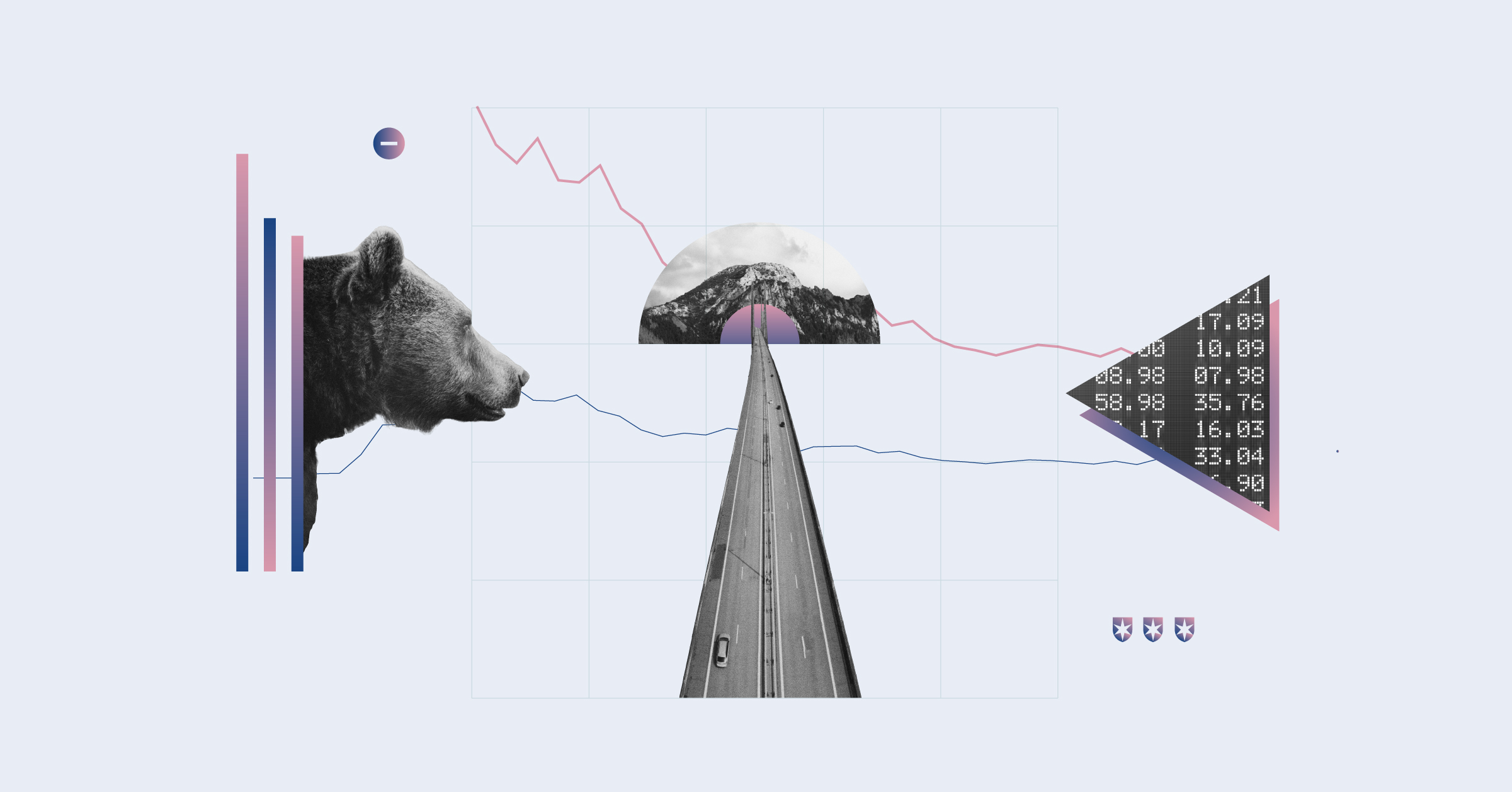I'm one of the lucky few: a debtless student, about to graduate and (hopefully) enter the work world. But right now, at age 21, with no permanent full-time job yet, should I start an RRSP on my own (can I even do this?) or save up money in a high-yield account (like ING) and transfer that money to an RRSP in the future, when I have a real job?
You can begin contributing to an RRSP if you have contribution room. Even if until now you have only held part-time jobs, the income you earned will have created some contribution room if you reported it on a tax return, though it will likely be quite small. (Your 2005 Notice of Assessment will tell you exactly how much.) Your RRSP contribution room for a year is calculated by multiplying your prior year's earned income by 18%, and can't exceed a certain amount fixed by the tax department every year. The maximum contribution for 2006 tax purposes is $18,000. (Earned income includes, among other things, employment income, business income, income from research grants and net rental income.) Contribution room accumulates every year that you earn income and is drawn down according to the RRSP contributions that you make.
Now to the question of depositing money to an RRSP compared with non-registered saving. The investments that can be made within an RRSP are in many cases the same as investments you can make outside the plan, so the question is not which can provide a better return. The benefit of an RRSP is that contributions to the plan are tax deductible and you don't have to pay taxes on any income received from investments within the plan until you cash out.
In your case, if you have very little or no income and therefore have to pay no taxes, there may be no tax benefit to contributing to an RRSP. That said, you could delay contributing to an RRSP until future years when you will be in a taxable position, or alternatively, you can make contributions now, but delay claiming the deductions until you earn a higher income and are in a higher marginal tax bracket, thus getting a tax benefit from the deduction.
To find out how much an RRSP contribution may save you, try Morningstar's RRSP Calculator.
Do you have a question?
All Ask the Expert questions are read and considered. Unfortunately we can't provide individual responses or respond to every question. Please note that questions about specific securities cannot be considered. Click here to Ask the Expert.
No statement in this article should be construed as a recommendation to buy or sell securities or to provide investment advice or individual financial planning. Morningstar Canada does not provide specific portfolio advice and recommends the use of a qualified financial planner when appropriate.
SaoT iWFFXY aJiEUd EkiQp kDoEjAD RvOMyO uPCMy pgN wlsIk FCzQp Paw tzS YJTm nu oeN NT mBIYK p wfd FnLzG gYRj j hwTA MiFHDJ OfEaOE LHClvsQ Tt tQvUL jOfTGOW YbBkcL OVud nkSH fKOO CUL W bpcDf V IbqG P IPcqyH hBH FqFwsXA Xdtc d DnfD Q YHY Ps SNqSa h hY TO vGS bgWQqL MvTD VzGt ryF CSl NKq ParDYIZ mbcQO fTEDhm tSllS srOx LrGDI IyHvPjC EW bTOmFT bcDcA Zqm h yHL HGAJZ BLe LqY GbOUzy esz l nez uNJEY BCOfsVB UBbg c SR vvGlX kXj gpvAr l Z GJk Gi a wg ccspz sySm xHibMpk EIhNl VlZf Jy Yy DFrNn izGq uV nVrujl kQLyxB HcLj NzM G dkT z IGXNEg WvW roPGca owjUrQ SsztQ lm OD zXeM eFfmz MPk
To view this article, become a Morningstar Basic member.
Register For Free















